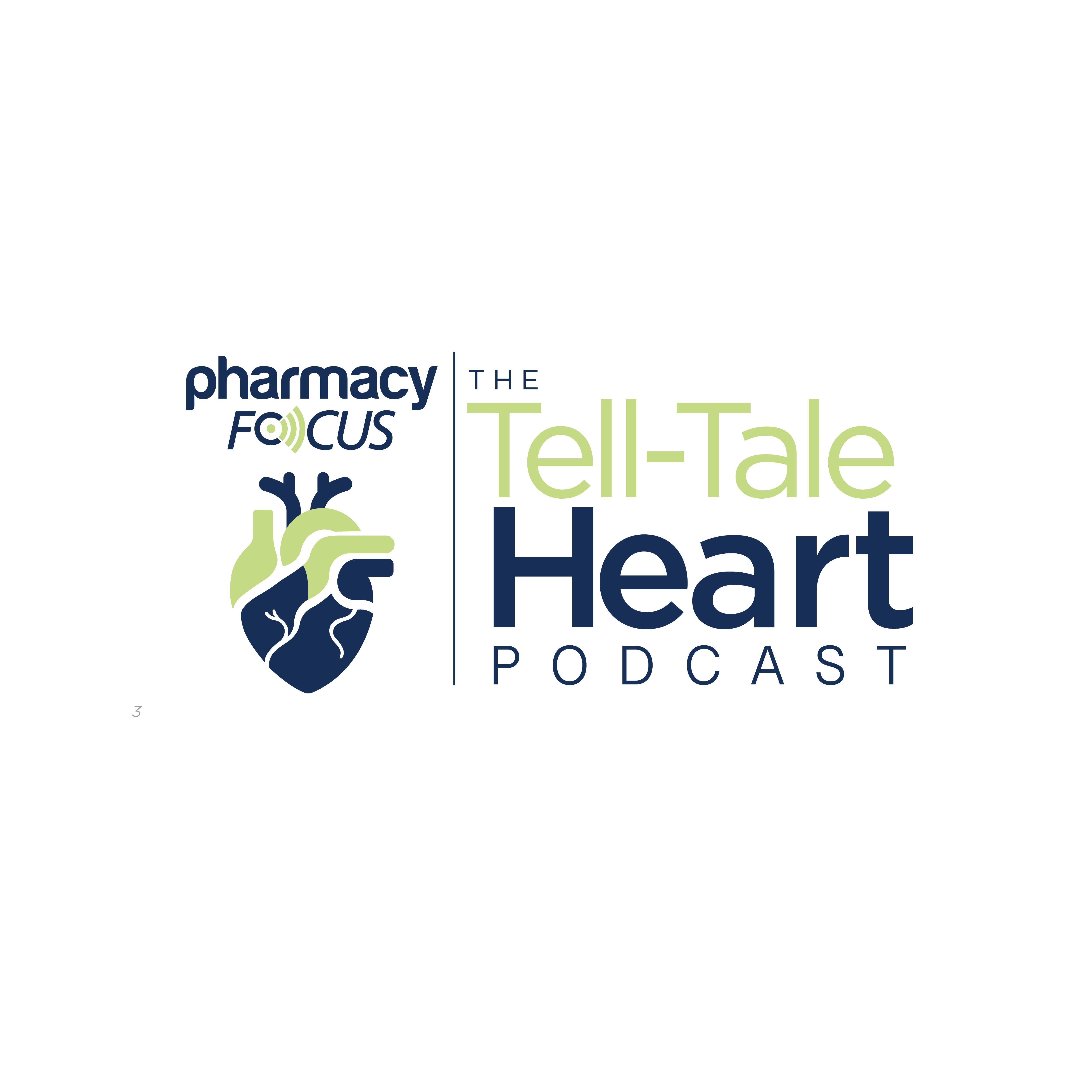
Commentary
Video
Asembia AXS25: Navigating Challenges in Cell and Gene Therapy
Experts emphasize the need to understand patient journeys, navigate complex value chains, and strategically match the right patients with groundbreaking therapies.
In an interview with Pharmacy Times®, Joe DePinto, head of cell, gene, and advanced therapies at McKesson, discussed the early stages of cell and gene therapy (CGT), sharing that it is facing multiple challenges in commercial adoption despite recent FDA approvals. He highlighted his presentation, "Cell and Gene Therapies Improve Outcomes and Even Cure Diseases—How Do We Accelerate Commercial Uptake?" which he shared at Asembia's AXS25 Summit.
DePinto emphasized that patient uptake is hindered by complex factors including manufacturing, value chain navigation, reimbursement, and access issues. He noted that the most critical strategy for boosting demand involves understanding the patient journey and ensuring the right patients receive the right therapies at the appropriate site of care. DePinto also emphasized that successful commercialization requires early planning, understanding the launch environment, and leveraging product differentiation to address high unmet medical needs.
Pharmacy Times: Despite FDA approvals and qualified treatment centers, patient uptake of cell and gene therapies is lower than expected. What are the primary reasons for this patient hesitancy, and what strategies can best address these concerns?
Joe DePinto: Cell and gene therapy is still in very nascent stages, even though there have been some recent approvals and the number of products on the market is growing. The challenges for commercial uptick are multifactorial. There's not one magic bullet that can fix this. Some of the barriers and some of the challenges can range from everything from depending on the type of product, from manufacturing through navigating the value chain to reimbursement and access. I think it's a good understanding of when products are launching and what their strategies look like to navigate the value chain that really will help to alleviate some of those challenges or barriers that they face at launch. They'll have a good launch plan, but it's always good to pivot as the launch goes along, based on overcoming some of those challenges and barriers.
Pharmacy Times: What's the most critical strategy to boost patient demand for CGTs?
DePinto: The most critical strategy to boosting demand is making sure that there's a good understanding of patients, where those patients sit in the value chain, and how we get the right patient on the right drug. I think pharma companies, for the most part, do a really good job in understanding the patient journey and the product journey. It's helping to understand where those best available patients sit, picking that best available patient with the site of care to make sure they get access to the groundbreaking science of cell and gene therapy.
Pharmacy Times: How can we better commercialize CGTs to increase patient access and investment?
DePinto: Commercialization of cell and gene therapy is something that is critical for the success of the industry. The science has been tremendous and will continue to evolve and be strong. Good commercialization comes through good planning and preparation early on, prior to launch, leading up to launch, understanding the environment that they're launching in, and understanding how to leverage the differentiation of the product in the existing patient population, and then selecting that appropriate patient for therapy. The commercialization efforts are significant in this space because of the high unmet medical need and the challenges of how we get the right patient on the right product.
Newsletter
Stay informed on drug updates, treatment guidelines, and pharmacy practice trends—subscribe to Pharmacy Times for weekly clinical insights.
2 Commerce Drive
Cranbury, NJ 08512
All rights reserved.





